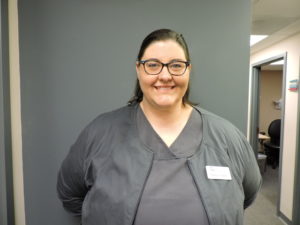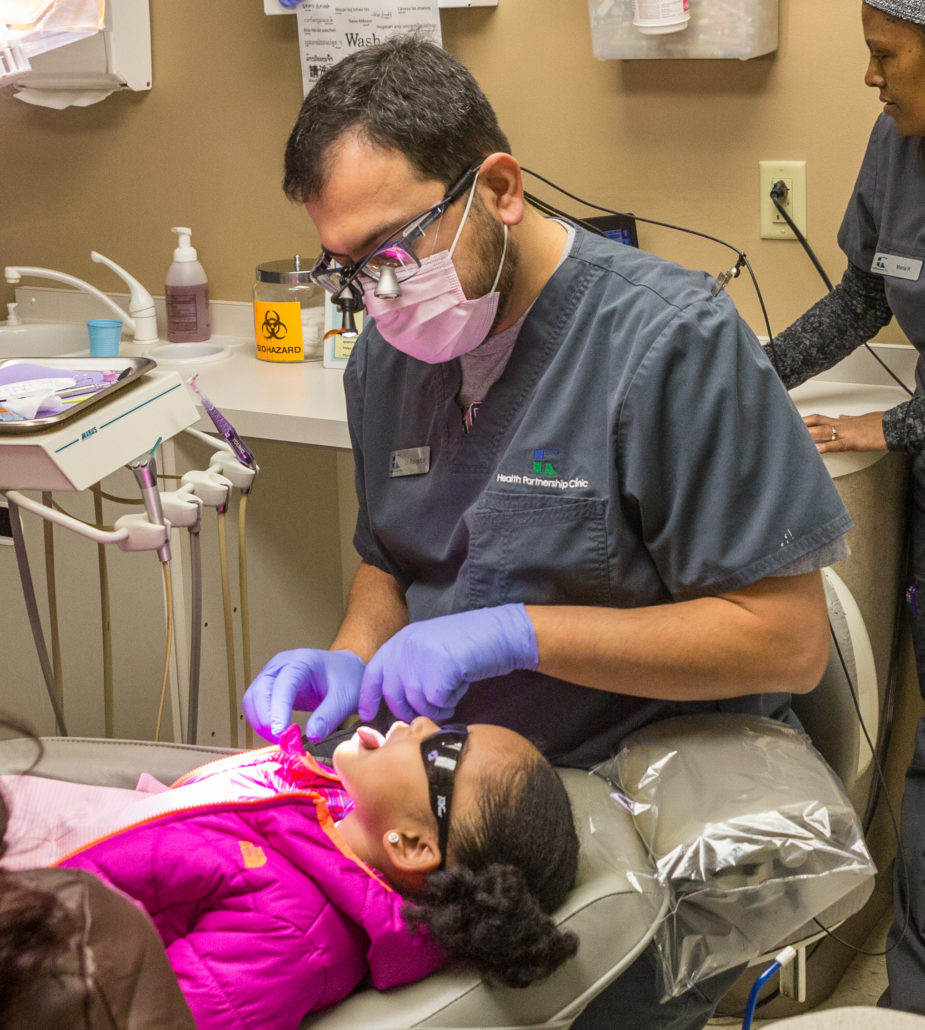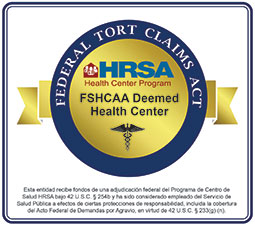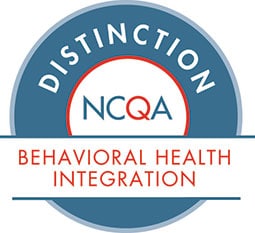The Most Common Chronic Childhood Disease is Preventable!

Debra Trybom

Joy Wright
Post written by Joy Wright, RDH, ECP I and Debra Trybom, RDH, ECP I
Health Partnership Clinic
What do you think the most common chronic childhood disease is?
Here’s a hint: it’s a disease that occurs as early as six months of age. It goes beyond pain and infection.
It can affect speech and communication, eating, nutrition, sleeping, learning, playing and quality of life, even into adulthood.
The answer is tooth decay.
According to the American Academy of Pediatric Dentistry, tooth decay is the most common chronic childhood disease. Tooth decay is an infectious, transmissible disease caused by bacteria colonizing on the teeth and producing acid that dissolves enamel.
Without intervention, bacteria will continue to destroy tooth structure, eventually infecting the soft pulp tissue and causing pain.
How common is it?
It’s five times more common than asthma, four times more common than childhood obesity, and 20 times more common than diabetes.
 Is this most common chronic childhood disease preventable?
Is this most common chronic childhood disease preventable?
Yes! It is preventable!
What can we, as parents, do to prevent tooth decay in our children?
- As infants, use a washcloth to wipe gums after each feeding. Infants should not be put to bed with a bottle of anything other than water. If an infant falls asleep while feeding, his/her mouth should be cleaned before placing the child in bed.
- Take children to see a dentist by age one or when the first tooth appears. At the first visit, the dentist will check the child’s teeth and apply a fluoride varnish application. Fluoride varnish is recommended by the American Dental Association every three months. All fluorides act to slow demineralization and boost remineralization.
- At home, brush twice a day with fluoride toothpaste as soon as the first tooth appears. Make sure the toothpaste is no more than a grain of rice until the child learns to spit out the excess. Once children can spit, then a pea-sized amount of toothpaste should be used. Be sure to supervise the brushing. Children under the age of six years do not have the dexterity it takes to brush thoroughly.
- Diet also plays a strong role in preventing dental decay. Frequent snacking is a risk factor for dental decay because it creates an acidic oral environment, not giving the saliva time to stabilize the pH in the mouth between meals. Acid breaks down the outer surface of the teeth causing cavities.
- Encourage children to use a sippy cup by one-year-old. Sippy cups should only have water unless with a meal. Filling the sippy cup with anything other than water and allowing a child to drink from it throughout the day, bathes the child’s teeth in cavity-causing bacteria.
Let’s work together to prevent tooth decay in our communities by raising awareness of oral hygiene, nutrition, fluoride and the importance of regular dental visits!
Pediatric dental appointments are available by calling 913-648-2266.






